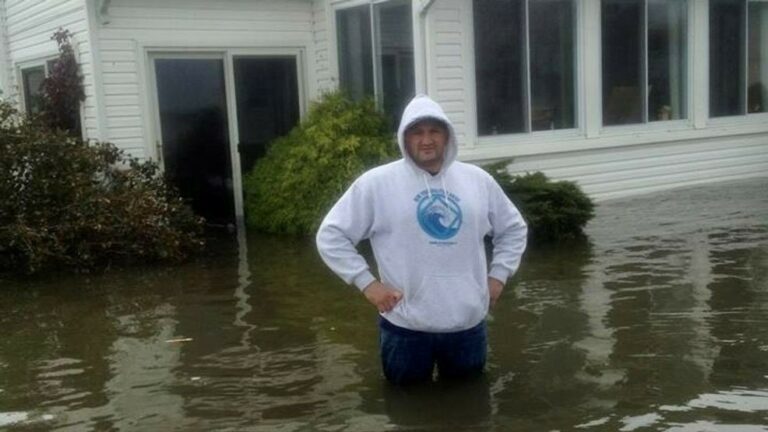Many Homeowners Lack Adequate Insurance Coverage to Rebuild After Disasters
When disaster strikes, many homeowners discover a harsh reality: They don’t have enough property insurance to cover all their losses. This issue is proving to be a significant problem for those impacted by recent events, such as the wildfires in California and the hurricanes that have ravaged the southeast.

According to a recent report, many homeowners are underinsured, leaving them exposed to potentially devastating financial consequences. The issue stems from a variety of factors, including a focus on premium costs over the actual coverage needed, according to experts.
The Underinsured Reality
One of the most striking findings is the prevalence of underinsurance. In the aftermath of Hurricane Helene, many residents in North Carolina discovered they were not adequately covered. “The water started coming in the house,” one man told reporters, describing the harrowing experience that left many trapped and, sadly, claimed over 100 lives in North Carolina alone.
This lack of sufficient coverage means that victims face difficult choices in the wake of a disaster. Many are forced to make difficult decisions about rebuilding their homes and their financial futures. They must consider whether to sell their property at a loss or take on debt to cover rebuilding costs.
Premiums vs. Coverage Limits
Emily Gallagher, co-author of a recent study on the issue, highlighted the tendency of homeowners to prioritize premiums over coverage limits. “What we’re finding is that homeowners seem to pay a lot of attention to premiums and less attention to coverage limits,” she said. This can lead to people being underinsured, even when they believe they have coverage.
Doug Quinn, the executive director of the American Policyholder Association (APA), knows this reality firsthand. His home in New Jersey was severely damaged by Hurricane Sandy in 2012. His experience ultimately led him to found the APA and advocate for homeowners. Quinn emphasizes that the shock of discovering inadequate coverage is common after a disaster. He noted that many people believe their existing insurance will cover all damages, but often, it does not.
Understanding Your Policy
Insurance policies can be complex, but taking the time to understand yours is critical. It is crucial to review the details of your policy, paying particular attention to exclusions and changes in coverage during renewal periods.
When setting your policy limit, it’s important to estimate the replacement cost, not the market value, and consider inflation. Also, shopping around and comparing coverage between carriers is essential.
Gallagher recommends using online tools to estimate the rebuilding costs of your home. Homeowners should also understand that flood coverage requires a separate policy. According to FEMA, while flooding impacts 99% of U.S. counties, only around 5% of homeowners have flood insurance.
Key Takeaways
- Assess Coverage: Evaluate the coverage offered by your insurance policy to ensure it provides enough financial protection in the event of a disaster. Consider the replacement cost of your home, including potential inflation in labor and materials.
- Understand Your Policy: Take the time to read and thoroughly understand your insurance policy. Be aware of coverage exclusions and any changes in your policy details.
- Consider Flood Insurance: Determine if you need flood insurance in addition to your standard home insurance policy, particularly if you live in an area prone to flooding.
Gallagher hopes that her research will raise awareness of the underinsurance crisis, so that homeowners are better prepared in the future. “They’re just learning after the disaster that they’re underinsured, which means they weren’t able to plan for it, and they didn’t prioritize things the way they might have had they realized they were underinsured,” she said.


